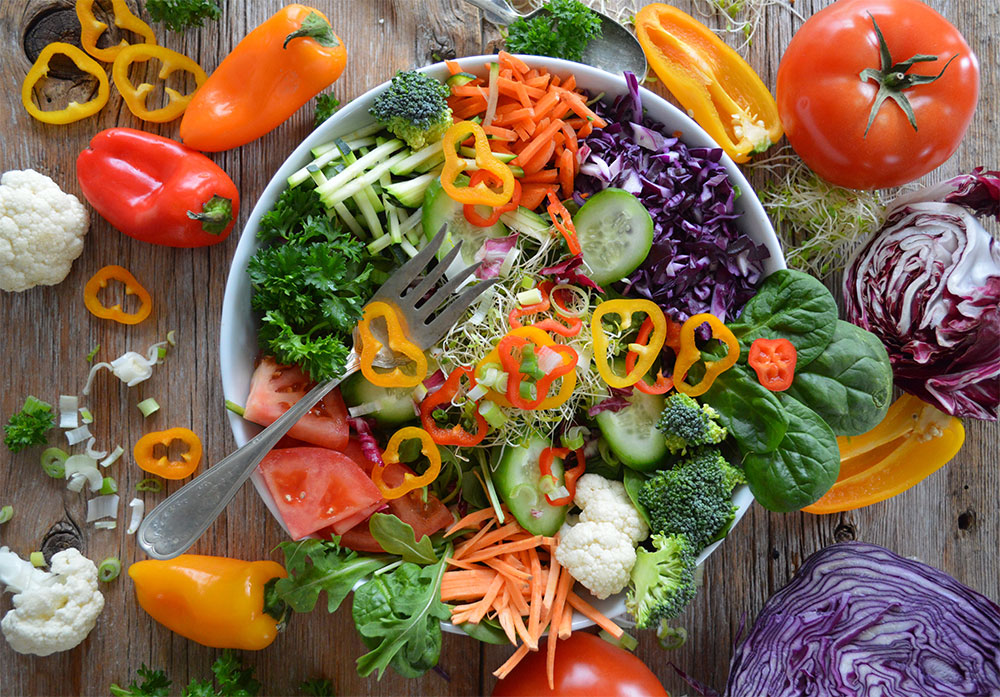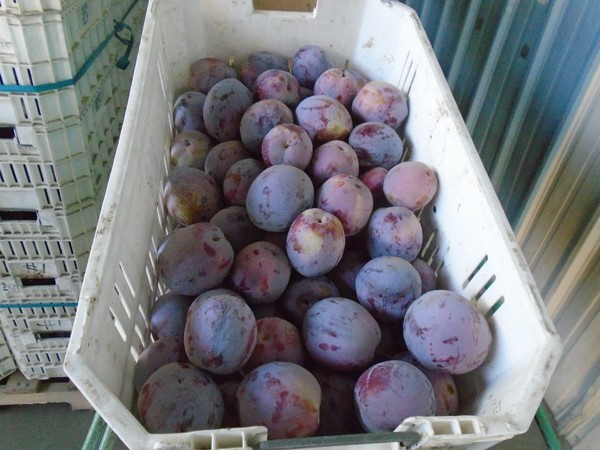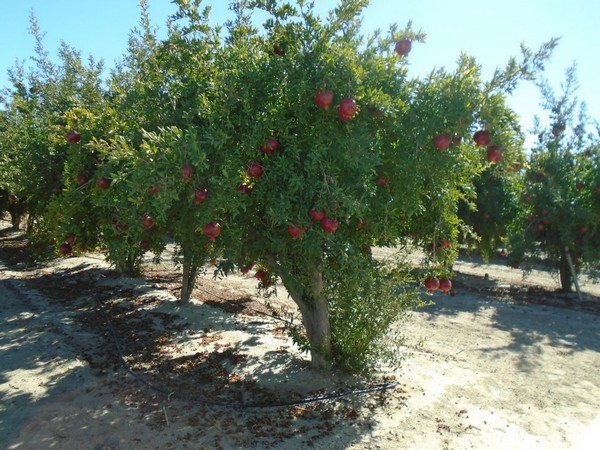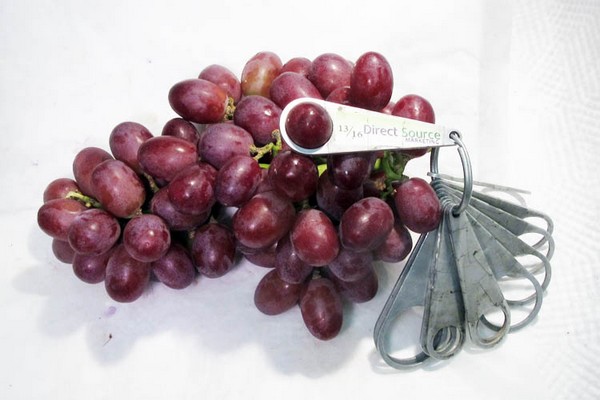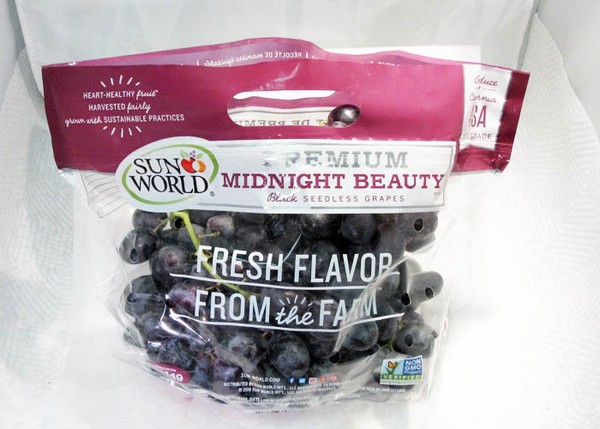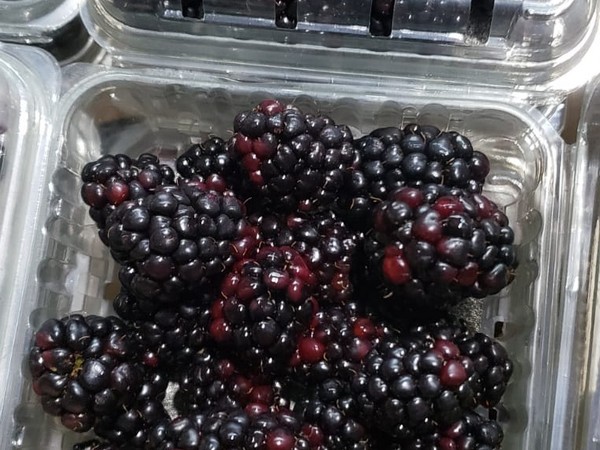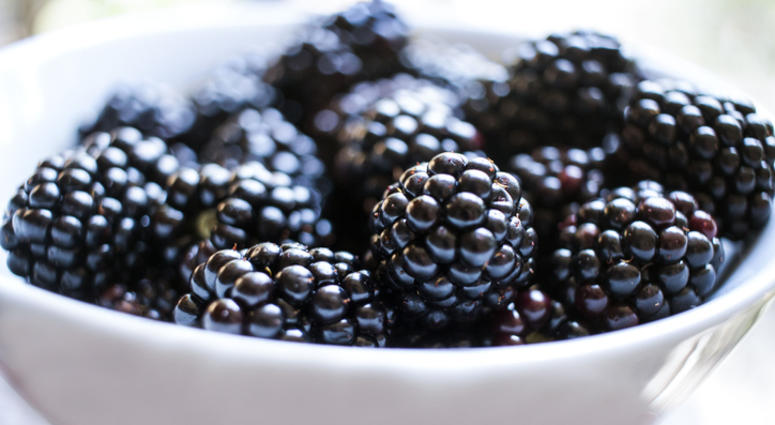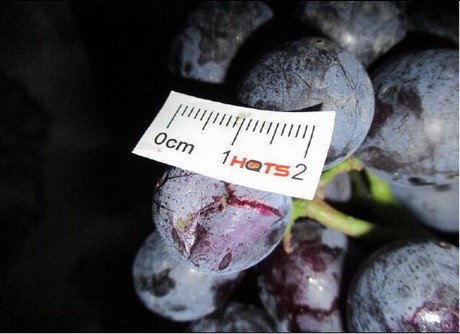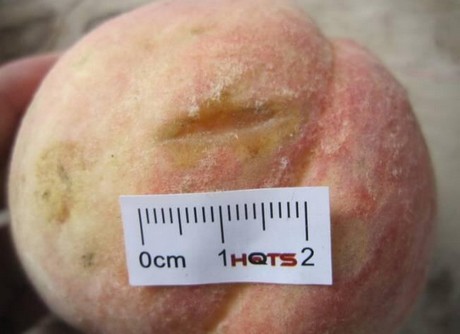The production of avocados is shifting from the southern hemisphere to the north. The Spanish season has just started with the harvest of the first Bacon avocados in Malaga and Granada. Italy will follow soon and the peak season is also around the corner in Mexico. Avocados are still very popular among consumers and it is difficult to bring the supply in balance with the demand. This season there were some hurdles, like a reduction of the production volume in Chile (-25%) and South Africa (-30%). California expects another record harvest this year. Furthermore, the production of avocados is increasing in Colombia, and Australia and New Zealand have ambitious plans.
The Netherlands: Still going strong
The avocado market has been going strong for weeks. Dutch importers are currently getting their avocados from Mexico, Colombia, Chile and Kenya and the market has been good for a long time. Colombia in particular is becoming an increasingly big player on the avocado market.
In Colombia and Chile the trees are delivering a lot of small sizes, so their availability will grow in the coming period. The supply of size 12 to 18 will be limited in the coming weeks, so prices are expected to remain at a high level. Spain has also just started with the Bacon variety and will be switching to the Hass around mid-November. The Spanish harvest is estimated to be slightly lower than last year’s. The storm that raged over Spain has also resulted in some wind damage.
Belgium: Shortage of Hass avocados
The Belgian market is currently struggling with shortages of Hass avocados. The avocado season in South Africa and Peru is coming to an end and Mexico is not shipping enough to fill in the gaps in the supply. The Chilean avocados have turned out to be smaller than normal, which is why traders are now dealing with a low supply of sizes 16, 18 and 20. Due to the shortages, the prices paid for Hass avocados are very high. Peru has a smaller production this year and the country has already shipped large volumes to Europe at the start of the season. As a result, prices fell to an extremely low price level in June and July, and the country currently has little product to export.
Germany: Spanish avocados unable to meet the demand
The Spanish season will start soon on the eastern German market. Spanish avocados are slightly cheaper than those from overseas and their quality is more stable, with a better coloring, especially thanks to the shorter transit times. “The disadvantage of Spanish avocados is that they cannot meet the demand,” says a trader. “The fruit is almost only ripened on request, which means that shortages can occur and we therefore have to rely on overseas productions.”
“The Spanish Sigfrido avocados have become more relevant on the German market,” says another trader. “Kenya is also on the market, although the demand has not yet been very high.”
France: Growing demand for Hass
The demand for Hass avocados is still growing in France. Both on Rungis, the wholesale market in Paris, and on St. Charles, in Perpignan, the prices of class 1 avocados stand at around € 20 per 20 pieces. As long as there are not many avocados from Spain and Israel on the market, prices are expected to remain high.
Spain: First avocados harvested in Malaga and Granada
The Spanish season has already started in Malaga and Granada with the harvest of the first Bacon avocados. The yields are generally lower this year, mostly because this is an off-year for the crop and the temperatures were too high in the summer. The next harvest will be that of the Fuerte, and the Hass, the most common variety in Spain, will follow in mid-November. The market conditions are good for the first Spanish green avocados. There is a good demand with a reasonable price. The small sizes are more expensive when the avocados are organic, but the prices paid for the large sizes remain roughly the same.
Italy: Prices doubled in one year
The demand for avocados continues to grow in Italy. At the end of September, the fruit was imported mainly from Israel, Peru and Mexico, although the European productive season is now just starting in Italy (Sicily) and Spain. This year there has been a 30% lower production of Hass and Greenskin avocados from South Africa and Israel on the market; something that had already been foreseen in February. As a result, there were high prices on the market from the start. That situation has not changed and due to those high prices, some importers are switching to airfreight. In any case, the Spanish season is coming and Italy will follow soon.
Spain expects a normal production, with relatively small sizes in the case of the Hass and a limited amount of Greenskins. Italy only produces Hass and they see this crop as a niche that is highly sought after. The harvest starts in November. The organic production can also be considered a niche with a growing demand. In addition to the Sicilian lands, there are also 40 hectares in Taranto with a season running from November to May. In a year, the price of avocados has doubled on the Italian wholesale market. In Bologna, the price for 4 kilos of avocados amounted to between 8 and 10 Euro. Now it ranges between 16 and 20 Euro. Despite the prices, the demand for the product has not fallen.
China: Large-scale imports continue
In China, there are only a few areas where avocados can be produced: Yunnan, Hainan and Fujian. However, the volume is still very small and the quality is not always stable. Consequently, domestic avocados are not yet distributed in the Chinese market on a large scale, so the country still has to rely on imports. A lot is imported from Mexico, Chile and Peru. Mexico is now in its low season, so there is not much supply from this country on the market now. Peru and Chile are currently switching places; Peru’s import season is coming to an end and Chile’s is just starting.
The price is currently going up a little and the import market is also stable. Sales are going particularly well in third and fourth-class cities. In first-class cities, sales are slowing down because there is limited room for new sellers. So there is still a lot of potential to grow in the third and fourth-class cities of China.
South Africa: 30% less production in Africa
The South African season is coming to an end with a lower yield than last year’s record one (the production is falling by 30%); however, the prices are “fantastic” and “astronomically high” for both exports and the domestic market. Exports are now falling rapidly (especially those to the EU, UK and the little going to the Middle East) and the local market is also relatively empty. Fortunately, the late crops in the Cape region are arriving earlier due to the warm spring.
There is a high demand for avocados from local ripeners. A completely empty market is expected after Christmas until the first avocados (Maluma) arrive in March from northern Limpopo. The flowering is looking good and the hope is that this can lead to a new production record next year.
United States: Sufficient supply results in lower prices
There is currently a good supply of avocados. California’s domestic production is expected to amount to 159,000 tons by 2020, with the season taking place between February and September. 90,000 tons of avocados have been harvested this campaign. It appears that Mexico will also have more avocados in the fourth quarter of 2019 and the first quarter of 2020.
90.7 million tons of avocados were imported into the US last year and a slight increase has been predicted for this year, according to a trader. “Everyone thought there would be a gap in the supply, but that didn’t happen. This year, there has been an overlap between the harvest in Loca and Aventajada in Mexico that will ensure an uninterrupted supply. ”Mexico and California dominate the US market, with a market share of around 80%. In addition, there are a number of opportunity markets in South America which mainly export to the US when the volumes of Mexican avocados are low. These are mainly Chile and Peru, but Colombia has also emerged in recent years as a possible new avocado producer.
The demand for the popular fruit remains strong, but a lot also depends on the trust from supermarkets that benefit from consistent quality and prices. Currently, the prices oscillate between $20 and $30 per box. Last year around this time, the price was about $10 lower. “Current prices ensure a good balance between harvest and shipments. If this continues, avocados will sell very well in the next six months.”
Mexico: Peak season is about to start
Mexico produces avocados all year round, with a focus on Hass avocados. The largest producing region is Michoacán, where 80% of avocados come from. The second largest region is Jalisco, which is unable to export to the US or China, so its main export markets are Japan, Canada and Europe. The peak season takes place from October to January, with higher volumes than in the rest of the year. This year there has been stable demand and good volumes, although the popularity of avocados makes it difficult to bring the supply in balance with the demand. A price drop is expected in the short term, as more volumes come onto the market.
Peru: Growing production
The production of avocados is growing in this South American country. The season is shorter than in Mexico and Chile and takes place between the beginning of May and the end of July; a period in which the Mexicans are in the off season. There is therefore little competition for Peruvian avocados.
Chile: 25% less volume due to drought
The main export markets for Chile are the US and China, but this season’s drought has reduced both volume and sizes by 25%. The production takes place from September to February, so they have to compete with Mexico during its peak season. The domestic market is also important for Chile. Because of the drought, some growers decided not to expand their crops, and some even switched to cherries or blueberries, which require much less water than avocados.
Australia: Record year is still expected
Nationally, Australia can still achieve a record production of avocados by June 2020. A 12% increase in the volume is expected compared to the 2018-2019 season. With the increase, Australian traders see opportunities to expand their exports. This year, premium avocados were exported for the first time to Japan by plane and industry representatives are urging the government to open the Indian market for Australian avocados.
New Zealand: Ambition to expand strongly
Growers in New Zealand have ambitious plans for the future, as they hope to quadruple their sales and triple their production by 2023, the year in which the country may host the World Avocado Forum. The country now accounts for 2% of the global avocado production and is the 9th largest exporter in world trade. 35% of the export volume is intended for the Asian market.
By Fresh Plaza

